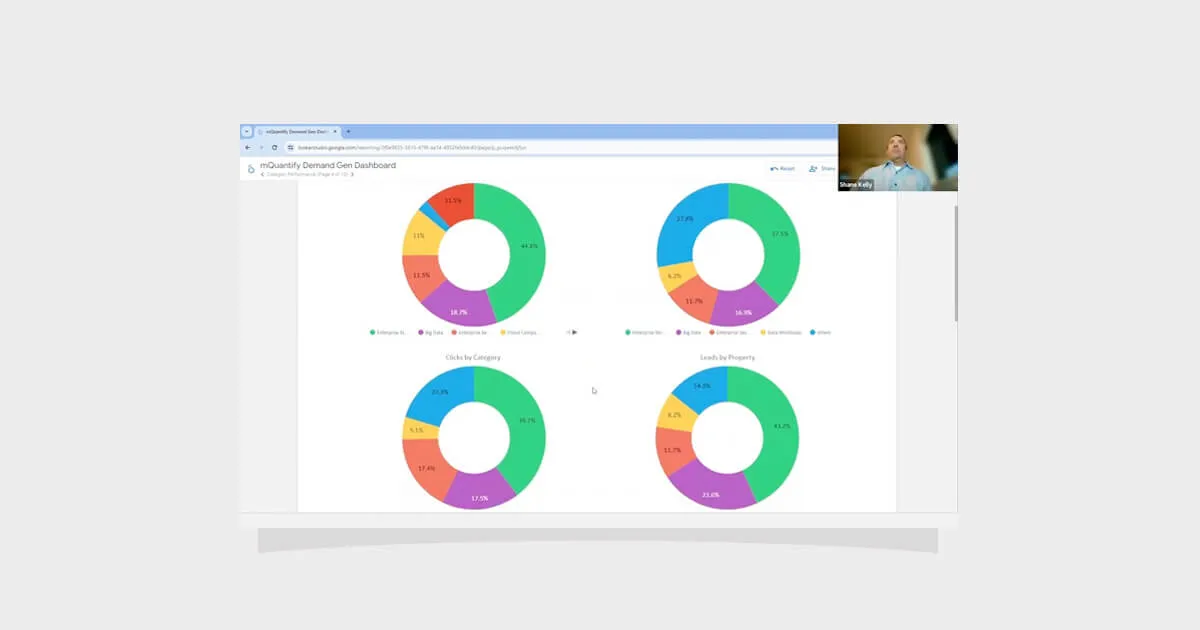Why Voice Search Powered by LLMs Has Officially Arrived (And Why Your Brand Can't Wait)
Voice assistants now outnumber humans on Earth. With 8.4 billion active devices, $82 billion in voice commerce, and LLMs achieving 92.9% accuracy, voice search has moved from emerging technology to mainstream necessity. Here's why optimization can no longer wait.
What Is Voice Search and Why Does It Matter Now?
Voice search allows users to speak queries instead of typing them, powered increasingly by large language models (LLMs) that understand context, intent, and natural conversation.
Unlike traditional search that returns a list of links, LLM-powered voice search delivers direct, synthesized answers drawn from multiple sources. Users get what they need in seconds, without ever visiting a website.
This shift matters because:
- User behavior has fundamentally changed: 71% of mobile users now prefer speaking over typing for quick tasks
- Accuracy has reached critical mass: Google Assistant now understands spoken queries with 92.9% accuracy
- Commerce follows convenience: Voice shopping is projected to hit $82 billion in 2025
- The window for first-movers is closing: As more brands optimize, competition for AI citations intensifies
How Many People Actually Use Voice Search?
The adoption numbers reveal voice search has crossed from early adopters into mainstream behavior.
- 153.5 million U.S. adults will use voice assistants in 2025, representing steady 2.5% year-over-year growth
- 58.6% of U.S. residents have tried voice search at least once, with 21% using it weekly as part of their routine
- 27% of the global online population uses voice search on mobile devices, with most searches happening at home
- 75% of households are expected to own smart speaker devices by 2025, making voice interfaces ubiquitous
- Users aged 25-49 represent the most active daily voice searchers, though older demographics are rapidly adopting for accessibility
What Do People Use Voice Search For?
Understanding user intent is critical for optimization. Voice search usage falls into distinct patterns that brands must address.
Top 5 Voice Search Use Cases
- Local business information (58% of users): "Where's the nearest pharmacy that's open now?" or "What's the best rated brunch spot near me?"
- Quick mobile queries (71% prefer voice): Hands-free searches while driving, cooking, or multitasking
- Product research: Voice shoppers investigate features, compare options, and read reviews before purchasing
- Direct purchases: A growing segment completes transactions entirely through voice commands
- Multi-step assistance: Complex queries that involve follow-up questions and contextual understanding
Key Insight: The "No-Visit Scenario"
With LLM-powered voice search, users often receive complete answers without clicking through to any website. Your brand must be in the answer itself, not just ranked in the results.
How Are LLMs Changing Voice Search Behavior?
Large language models have transformed voice search from simple command-response to sophisticated conversation. Here's what that means for users, and for your optimization strategy.
From Keywords to Natural Conversation
Traditional search trained users to think in keywords: "best Italian restaurant Boston." Voice search powered by LLMs allows complete, natural questions:
"What's the best Italian restaurant near me with outdoor seating that takes reservations and has vegetarian options?"
Users can then follow up with "What about their gluten-free menu?" without repeating context, the LLM remembers the conversation.
Context-Aware Multi-Turn Interactions
LLMs enable voice assistants to:
- Remember previous queries in a conversation thread
- Understand pronoun references ("What about its safety features?")
- Handle complex, multi-step tasks broken into natural dialogue
- Adapt responses based on user preferences and history
Direct Answer Expectations
Users now expect immediate, synthesized responses, not a reading list. Voice search satisfies intent in seconds, which means brands must structure content for extraction and citation, not just clicks.
Why Traditional SEO Falls Short for Voice Search
The optimization playbook that worked for typed queries doesn't translate to voice. Here's why a new approach is essential.
- Keyword stuffing vs. conversational content: LLMs prioritize natural language and context over exact-match keywords
- Rankings vs. answer inclusion: Position one means nothing if the AI never cites your brand in its spoken response
- Link building vs. authority signaling: Being selected by AI systems requires different credibility markers
- Desktop formatting vs. mobile-first structure: Most voice searches happen on mobile devices requiring fast, structured content
What Is AIO and How Does It Differ from SEO?
AI Optimization (AIO) focuses on becoming the source that LLMs cite and synthesize in their responses.
AIO prioritizes:
- Being extracted and cited by AI systems
- Providing direct, complete answers to natural language questions
- Structuring content for machine understanding and human conversation
- Building authority signals that LLMs recognize and trust
Traditional SEO prioritizes:
- Ranking position in search engine results pages
- Optimizing for keyword density and matching
- Driving click-through traffic to websites
- Link acquisition and domain authority
How Should Brands Optimize for Voice Search and LLMs?
Practical optimization requires changes to content structure, language, technical implementation, and authority building.
Strategy 1: Structure Content for Answer Extraction
- Lead with direct answers: Place complete responses to common questions in the first 40-60 words of each section
- Use question-based headers: Frame H2s and H3s as natural questions users would ask aloud: "How do I choose the right standing desk for back pain?"
- Create comprehensive FAQ sections: Address related questions that voice users commonly ask in sequence
- Implement schema markup: Use Schema.org vocabulary to help LLMs understand content context, relationships, and structure
Strategy 2: Write in Natural, Conversational Language
- Use long-tail, conversational phrases: "What should I look for when buying noise-canceling headphones for travel?"
- Write how people speak, not how they type
- Include conversational transitions and context
- Address follow-up questions naturally within content
- Consider local dialects and regional language variations
Strategy 3: Build Authority for AI Citations
LLMs prioritize sources that demonstrate expertise, experience, authoritativeness, and trustworthiness (E-E-A-T):
- Publish original data and insights: LLMs favor unique, verifiable information over aggregated content
- Include clear attribution: Cite sources and credentials to help LLMs assess credibility
- Maintain consistency: Ensure Name, Address, Phone (NAP) information is identical across all platforms
- Demonstrate expertise: Author bios, credentials, and experience signals matter for AI systems
Strategy 4: Technical Optimization Essentials
- Optimize page speed: Voice users expect instant responses; slow sites get skipped
- Mobile-first design: 71% prefer voice on mobile—your content must be mobile-optimized
- Structured business information: Hours, services, pricing, and availability in machine-readable formats
- Local SEO signals: Google Business Profile optimization for "near me" queries
- Secure, accessible infrastructure: HTTPS, proper heading hierarchy, and semantic HTML
Which Industries Need Voice Search Optimization Most?
While every brand should consider voice optimization, certain industries see disproportionate voice search usage.
Local Businesses and Retail
Why it matters: 58% of consumers use voice search specifically for local business information.
Optimization priorities:
- "Near me" and "open now" query optimization
- Real-time inventory and availability updates
- Voice-friendly service descriptions
- Detailed location and accessibility information
E-commerce and Online Retail
Why it matters: Voice shopping spend is projected at $82 billion in 2025, up 322% since 2021.
Optimization priorities:
- Conversational product descriptions
- Detailed specification information for research queries
- Voice-activated shopping features
- Comparison-friendly content structure
Healthcare and Professional Services
Why it matters: Users frequently search for symptoms, providers, and appointment booking through voice.
Optimization priorities:
- Symptom-based natural language content
- "Best [specialist] for [condition]" optimization
- Voice-enabled appointment booking
- Accessibility-focused content for elderly users
Hospitality and Travel
Why it matters: Travelers use voice search on-the-go for immediate needs.
Optimization priorities:
- Amenity and availability questions
- Comparison queries ("Which hotel has the best pool in Miami?")
- Voice-based booking capabilities
- Local attraction and dining recommendations
What Challenges Should Brands Anticipate?
Voice search optimization isn't without obstacles. Understanding these challenges helps brands prepare effective strategies.
The Privacy and Trust Barrier
Some consumers remain hesitant about "always listening" devices and voice transaction security. Brands should:
- Be transparent about data usage
- Offer alternative non-voice options
- Build credibility through consistent, accurate responses
- Implement strong security for voice-activated transactions
Accuracy and Bias Concerns
LLMs can misinterpret dialects, accents, or default to stereotypes. Consider:
- Testing content with diverse voice patterns
- Avoiding assumptions about user demographics
- Using inclusive, clear language
- Monitoring for misinterpretation patterns
Measurement and Attribution Challenges
The "no-visit scenario" complicates traditional analytics. New KPIs to track include:
- Citation rate: How often LLMs reference your brand
- Answer inclusion: Presence in synthesized voice responses
- Voice share: Your brand's portion of voice-driven conversations in your category
- Brand mentions: Tracking when AI systems recommend your products/services
When Should Brands Start Optimizing for Voice Search?
The short answer: immediately. Here's why timing matters.
Three reasons you can't wait:
- LLM training and indexing takes time: Building the authority and structure for AI systems to cite you isn't instant
- User habits are forming now: Brands that voice assistants recommend first create lasting user preferences
- The competition is already moving: Your competitors are either optimizing now or falling behind—there's no standing still
What's Next for Voice Search and LLMs?
The trajectory points toward voice becoming the default interface, not an alternative channel.
Expected Developments Through 2030
- Hyper-personalization: LLMs will learn individual preferences, purchase history, and context for tailored recommendations
- Expanded integration: Voice interfaces in vehicles, AR glasses, IoT devices, and wearables
- Predictive queries: AI anticipating needs based on context, location, and behavior patterns
- Voice profiles: Individual user recognition for personalized shopping and information delivery
- Seamless multi-device experiences: Starting queries on one device and completing on another
The Competitive Shift
As voice search matures:
- Voice share becomes as critical as market share: Being the brand AI recommends determines sales
- AIO becomes baseline, not differentiator: Eventually all brands will optimize—early movers maintain lasting advantages
- Traditional advertising diminishes: Discovery happens through AI recommendations instead of ads
The Bottom Line
Voice search has officially arrived. With 8.4 billion active assistants, $82 billion in commerce, and 92.9% accuracy, this isn't emerging technology—it's mainstream behavior reshaping how consumers discover and purchase.
The question isn't whether voice search will impact your business. The question is how much market share you'll lose by waiting.
Your Voice Search Optimization Action Plan
Ready to optimize? Start with these immediate actions.
Quick Wins You Can Implement Today
- Audit your top 10 pages through a voice search lens: Can questions be answered in 40-60 words?
- Add a comprehensive FAQ section addressing common voice queries
- Rewrite product/service descriptions in natural, conversational language
- Implement schema markup for key business information
- Optimize Google Business Profile with complete, accurate information
- Test site speed on mobile and improve load times
- Create content that answers "near me" and "open now" queries
- Structure headers as natural questions users would ask aloud
Long-Term Strategic Initiatives
- Develop voice-first content strategy: Plan content around conversational queries and multi-turn interactions
- Build measurement systems: Track citation rates, brand mentions, and voice-driven conversions
- Invest in technical infrastructure: Ensure speed, structure, and accessibility meet voice search requirements
- Create original, authoritative content: Become the source LLMs cite through unique data and expertise
- Monitor and iterate: Voice search is evolving—continuous optimization is essential







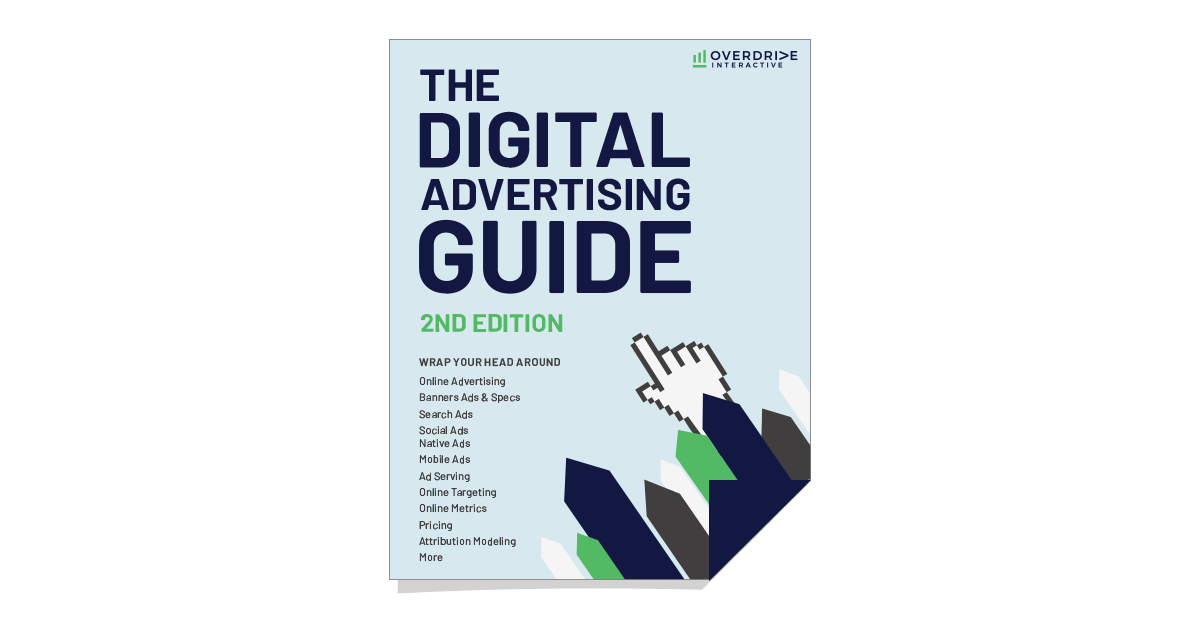
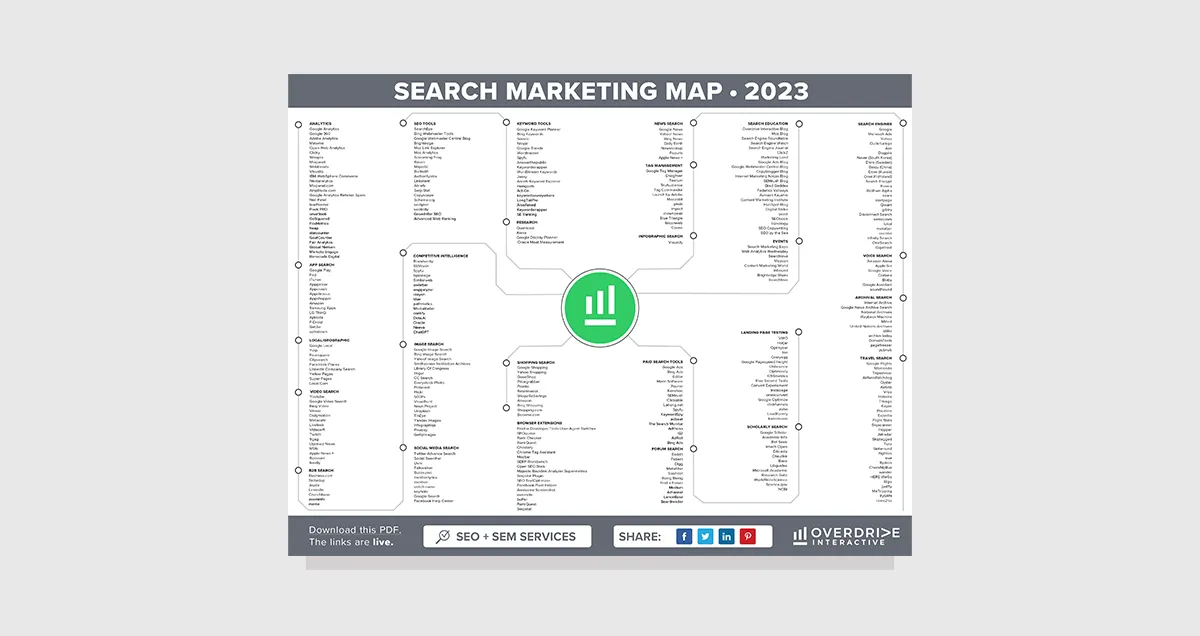

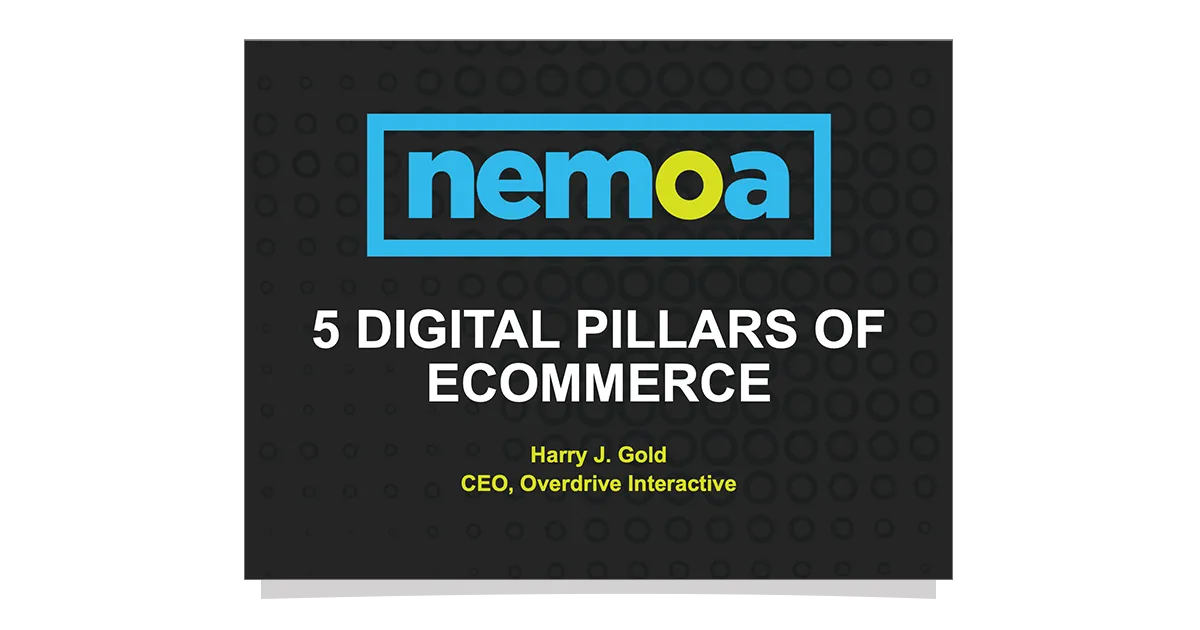
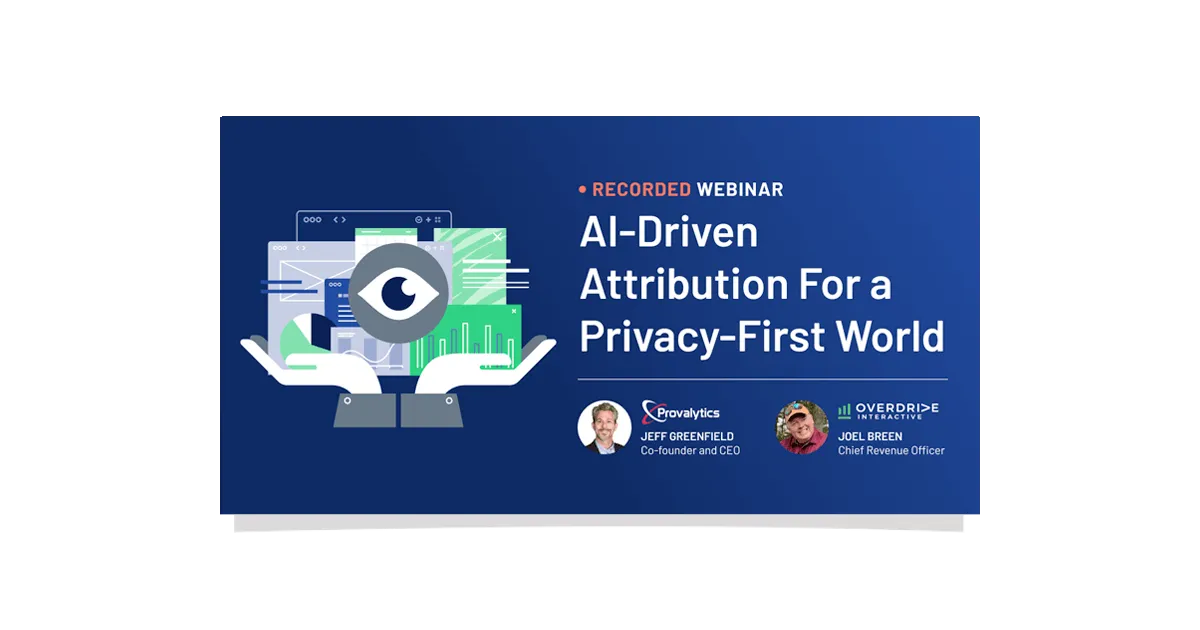

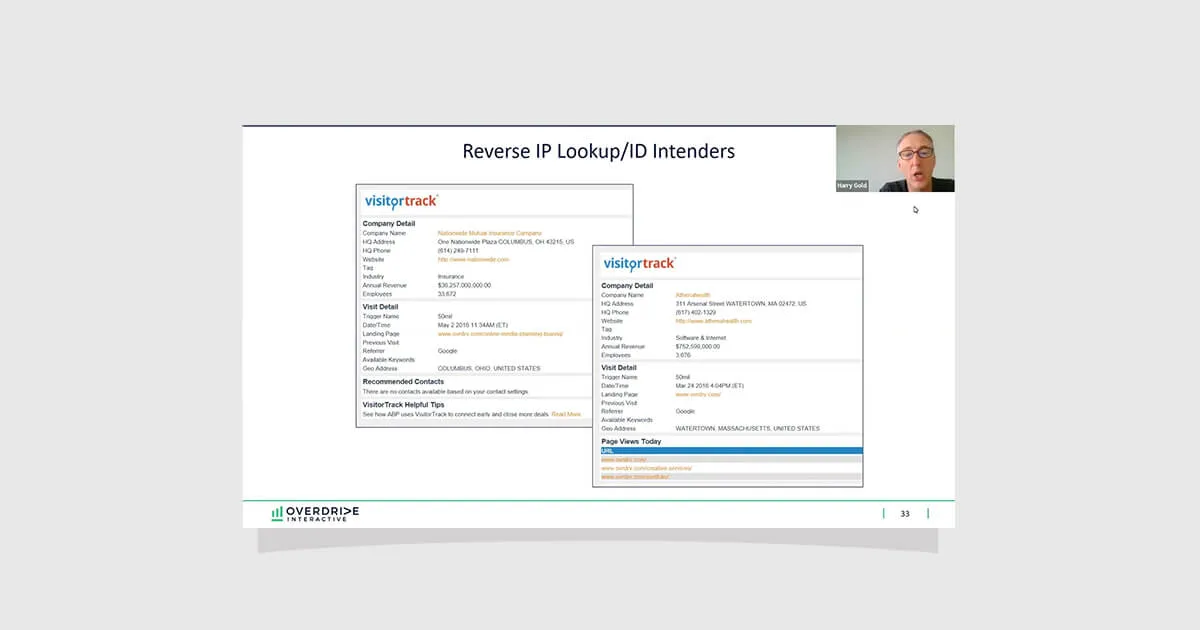
.webp)


